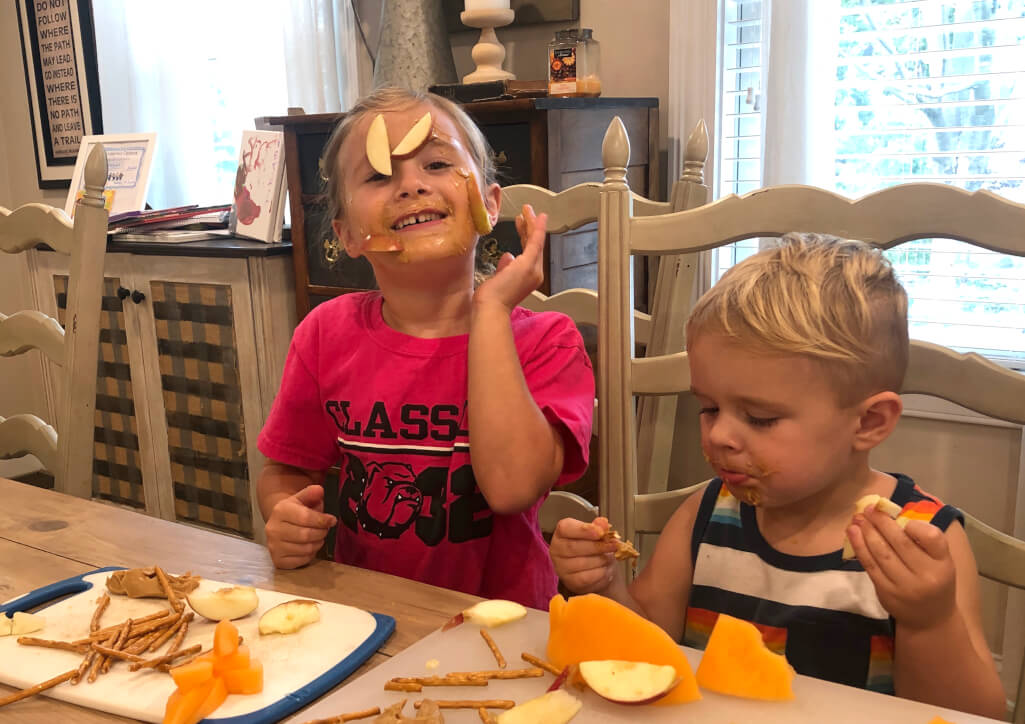Professional Support for Food Aversion Therapy Long Island
Wiki Article
Browsing the Path to Effective Feeding: Innovative Approaches and Interventions for Reliable Feeding Therapy
Are you battling to find efficient strategies and interventions for effective feeding therapy? Look no additionally. This article will guide you through the course to success, providing ingenious strategies to assess feeding difficulties and established achievable goals. With evidence-based methods, you'll find out exactly how to attend to sensory processing problems and make use of assistive technology and flexible equipment. And also, we'll reveal you the value of teaming up with family members and caregivers for ideal feeding end results. Prepare yourself to browse the path to successful feeding!Assessing Feeding Difficulties and Identifying Objectives
You ought to begin by examining your child's feeding challenges and determining specific objectives for their therapy. This action is essential in establishing an effective feeding treatment strategy. Begin by observing your youngster's feeding patterns and actions. Seek any kind of hostilities or troubles they may have towards specific foods or textures. Bear in mind of any kind of physical or sensory issues that may be affecting their capacity to eat. You can then set particular goals for their treatment as soon as you have determined these challenges. These objectives must be sensible and achievable, concentrating on improving your youngster's feeding skills and overall nourishment. As an example, you might establish a goal for your youngster to be able to endure a wider selection of structures or to self-feed with tools. It is essential to connect these objectives with your child's feeding specialist so they can tailor the treatment sessions to resolve these particular challenges. By analyzing your kid's feeding obstacles and setting objectives, you are taking the very first step in the direction of helping them create successful feeding skills.Applying Evidence-Based Strategies for Feeding Therapy
Executing evidence-based methods for feeding treatment can lead to positive outcomes for kids. You are making certain that the interventions used are supported by scientific research study and have been verified reliable when you include these techniques right into your youngster's therapy strategy. This strategy boosts the chance of success and aids resolve the details feeding obstacles your kid may be experiencing.By complying with evidence-based techniques, you can offer your child with the best possible care and support. These methods may include making use of a variety of sensory experiences during nourishments, such as discovering various structures and flavors, to encourage approval of brand-new foods. Furthermore, carrying out habits adjustment techniques can help deal with choosy eating habits and advertise healthier consuming patterns.
An additional crucial aspect of evidence-based feeding treatment is including the family in the therapy process. By offering education and learning and assistance to moms and dads and caretakers, they can play an energetic duty in aiding their kid conquer feeding difficulties. This collective technique boosts the effectiveness of therapy and advertises enduring favorable changes in your child's eating habits.

Resolving Sensory Handling Issues in Feeding Treatment
Resolving sensory handling problems in feeding therapy can be challenging, but it is vital for promoting a positive consuming experience for youngsters. When you experience a kid with sensory processing difficulties throughout nourishment, it is essential to comprehend that their responses to certain structures, tastes, scents, and even sounds are not deliberate (food aversion therapy long island). By recognizing and attending to these concerns, you can assist produce an encouraging setting that urges healthy and balanced eating practices
This strategy enables the child to come to be familiar with the food and its sensory residential or commercial properties at their own pace. Additionally, using a variety of flavors and structures can help desensitize their sensory system and broaden their food choices.
Engaging the child in sensory play tasks can additionally be valuable. Motivate them to discover different appearances, such as squishing, pressing, or touching numerous food things. This can assist stabilize sensory input and reduce aversions to specific appearances.
Another crucial facet is providing a organized and tranquil eating setting. Reduce disturbances, such as bright lights or loud noises, which can bewilder their senses and impede their capability to concentrate on consuming. Creating a predictable routine and using visual routines can likewise aid the youngster really feel even more secure and in control during mealtime.

Utilizing Assistive Technology and Adaptive Devices
Utilizing assistive innovation and adaptive equipment can significantly improve the feeding experience for children with sensory processing troubles. Nourishment can be challenging and frustrating when you have difficulty with sensory processing. With the right devices, you can make it a much more delightful and effective experience.One alternative is utilizing specialized utensils and plates created to accommodate your demands. These utensils may have textured handles or a bigger grip, making them much easier to hold and adjust. Plates with divided sections can aid divide different foods and stop them from touching, which can be a resource of discomfort for some youngsters.
In enhancement to specialized utensils and plates, there are also assistive gadgets that can be used during feeding. For instance, a heavy vest or lap pad can provide deep pressure input, assisting to relax and regulate your sensory system. A vibrating toothbrush or chewable jewelry can supply dental sensory stimulation, making the act of consuming more delightful.
Innovation can additionally play a role in improving the feeding experience. There are applications and devices readily available that can provide aesthetic or acoustic signs, such as timers or triggers, to help you stay concentrated and organized during mealtime.
Collaborating With Households and Caretakers for Successful Feeding Results
When teaming dig this up with families and caregivers, you can collaborate to create a nurturing and supportive environment for successful feeding outcomes. By including households and caregivers in the feeding therapy process, you can gain important insights into the child's feeding difficulties, preferences, and practices. feeding therapy long island. This collaboration permits an all natural technique to feeding therapy, dealing with not only the physical facets however likewise the emotional and psychological variables that might influence a youngster's feeding abilitiesOne key aspect of collaborating with caregivers and families is providing education and learning and training. By equipping them with understanding and skills, they can proactively join the feeding therapy procedure and sustain the kid's progress beyond therapy sessions. This can include showing them feeding techniques, approaches for handling mealtime actions, and understanding the value of uniformity and regimen in developing healthy consuming practices.
Furthermore, including family members and caregivers in setting goal and treatment preparation ensures that their viewpoints and goals for the kid are considered. By collaborating, you can develop realistic and possible objectives that align with the family's values and priorities - food therapist long island. This collective approach cultivates a sense of ownership and empowerment, creating a strong structure for effective feeding end results
In enhancement, routine and open interaction with caretakers and families is necessary for reliable cooperation. By maintaining continuous discussion, you official statement can resolve concerns, offer assistance, and make essential adjustments to the feeding treatment strategy as needed. This communication additionally enables sharing progression updates, commemorating success, and identifying any type of obstacles or barriers that may emerge.

Conclusion
Congratulations on completing this short article on browsing the course to effective feeding! You have actually checked out different approaches and treatments for effective feeding treatment, such as evaluating obstacles, carrying out evidence-based strategies, resolving sensory processing concerns, and using assistive technology. By working together with caretakers and households, you can ensure successful feeding end results. Keep in mind to always remain proactive and innovative in your strategy to feeding therapy. Maintain up the magnum opus!It's important to communicate these goals with your youngster's feeding specialist so they can tailor the treatment sessions to resolve these specific challenges.Applying evidence-based techniques for feeding treatment can lead to favorable end results for youngsters.Dealing with sensory handling concerns in feeding treatment can be challenging, however it is essential for promoting a positive eating experience for youngsters. By involving families and caregivers in the feeding treatment process, you can obtain valuable insights right into the child's feeding habits, visit site challenges, and preferences. By outfitting them with knowledge and abilities, they can proactively get involved in the feeding treatment procedure and sustain the child's development outside of treatment sessions.
Report this wiki page